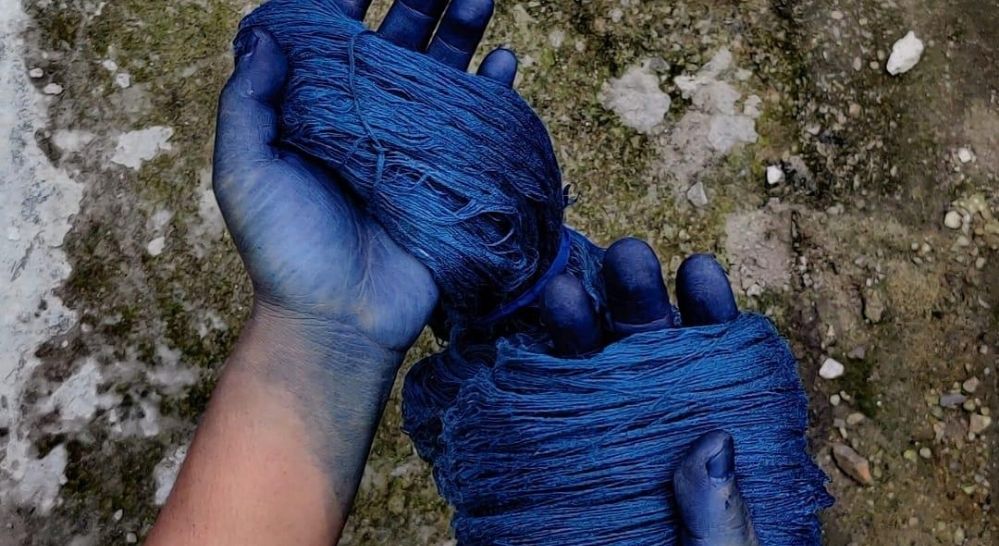Exploring the Benefits and Uses of Indigo Powder Dye for Sustainable Textile Crafting
Indigo Powder Dye The Timeless Colorant of Nature
Indigo powder dye, derived from the leaves of the indigo plant, has been a staple in textile dyeing for centuries. This natural dye has a rich history that spans various cultures and regions, making it one of the most significant colorants in the world. With its striking blue hue, indigo continues to captivate artisans, fashion designers, and eco-conscious consumers alike.
Indigo Powder Dye The Timeless Colorant of Nature
What sets indigo powder dye apart from synthetic dyes is its connection to traditional craftsmanship and sustainability. Natural indigo dyeing is often a labor-intensive process that can take several days, requiring skill and patience from the dyer. The dyeing method commonly employed is called shibori, a Japanese technique that involves folding, twisting, and compressing fabric to create unique patterns. Once the fabric is submerged in the indigo dye bath and exposed to air, the blue color develops, resulting in stunning, one-of-a-kind pieces.
indigo powder dye product

Moreover, indigo powder offers several environmental benefits. Unlike its synthetic counterparts, which often involve toxic chemicals and produce harmful waste, natural indigo is biodegradable and non-toxic. This makes it an attractive option for environmentally conscious consumers and brands striving to minimize their ecological footprint. Additionally, indigo dyeing techniques often utilize low-impact and sustainable practices, further contributing to its appeal in the age of fast fashion.
In recent years, there has been a resurgence of interest in indigo powder dye among designers and artisans. Many are turning to this traditional dye to create unique textiles and clothing that stand out in a saturated market. The deep blue tones of indigo have been shown to have a calming effect, making them popular in home décor and fashion alike. Furthermore, the versatility of indigo allows it to be used on various fabrics, including cotton, silk, and wool, making it a favorite among textile artists.
Beyond its aesthetic allure, indigo also carries cultural significance in many societies. In West Africa, for example, indigo dyeing is revered as a symbol of cultural identity and heritage. Artisans in countries like Nigeria and Mali have been using indigo for generations to create intricate designs and patterns, often telling stories through their work. Similarly, in Japan, indigo is deeply linked to traditional crafts, such as kasuri weaving and boro textiles, where it symbolizes resilience and the beauty of imperfection.
In conclusion, indigo powder dye is more than just a colorant; it embodies a rich tapestry of history, culture, and sustainability. As consumers increasingly seek environmentally friendly alternatives in fashion and home goods, indigo powder dye stands out as a timeless choice that honors both tradition and contemporary needs. Whether in the hands of skilled artisans or modern designers, indigo continues to weave its vibrant story into the fabric of our lives.
-
The Timeless Art of Denim Indigo Dye
NewsJul.01,2025
-
The Rise of Sulfur Dyed Denim
NewsJul.01,2025
-
The Rich Revival of the Best Indigo Dye
NewsJul.01,2025
-
The Enduring Strength of Sulphur Black
NewsJul.01,2025
-
The Ancient Art of Chinese Indigo Dye
NewsJul.01,2025
-
Industry Power of Indigo
NewsJul.01,2025
-
Black Sulfur is Leading the Next Wave
NewsJul.01,2025

Sulphur Black
1.Name: sulphur black; Sulfur Black; Sulphur Black 1;
2.Structure formula:
3.Molecule formula: C6H4N2O5
4.CAS No.: 1326-82-5
5.HS code: 32041911
6.Product specification:Appearance:black phosphorus flakes; black liquid

Bromo Indigo; Vat Bromo-Indigo; C.I.Vat Blue 5
1.Name: Bromo indigo; Vat bromo-indigo; C.I.Vat blue 5;
2.Structure formula:
3.Molecule formula: C16H6Br4N2O2
4.CAS No.: 2475-31-2
5.HS code: 3204151000 6.Major usage and instruction: Be mainly used to dye cotton fabrics.

Indigo Blue Vat Blue
1.Name: indigo blue,vat blue 1,
2.Structure formula:
3.Molecule formula: C16H10N2O2
4.. CAS No.: 482-89-3
5.Molecule weight: 262.62
6.HS code: 3204151000
7.Major usage and instruction: Be mainly used to dye cotton fabrics.

